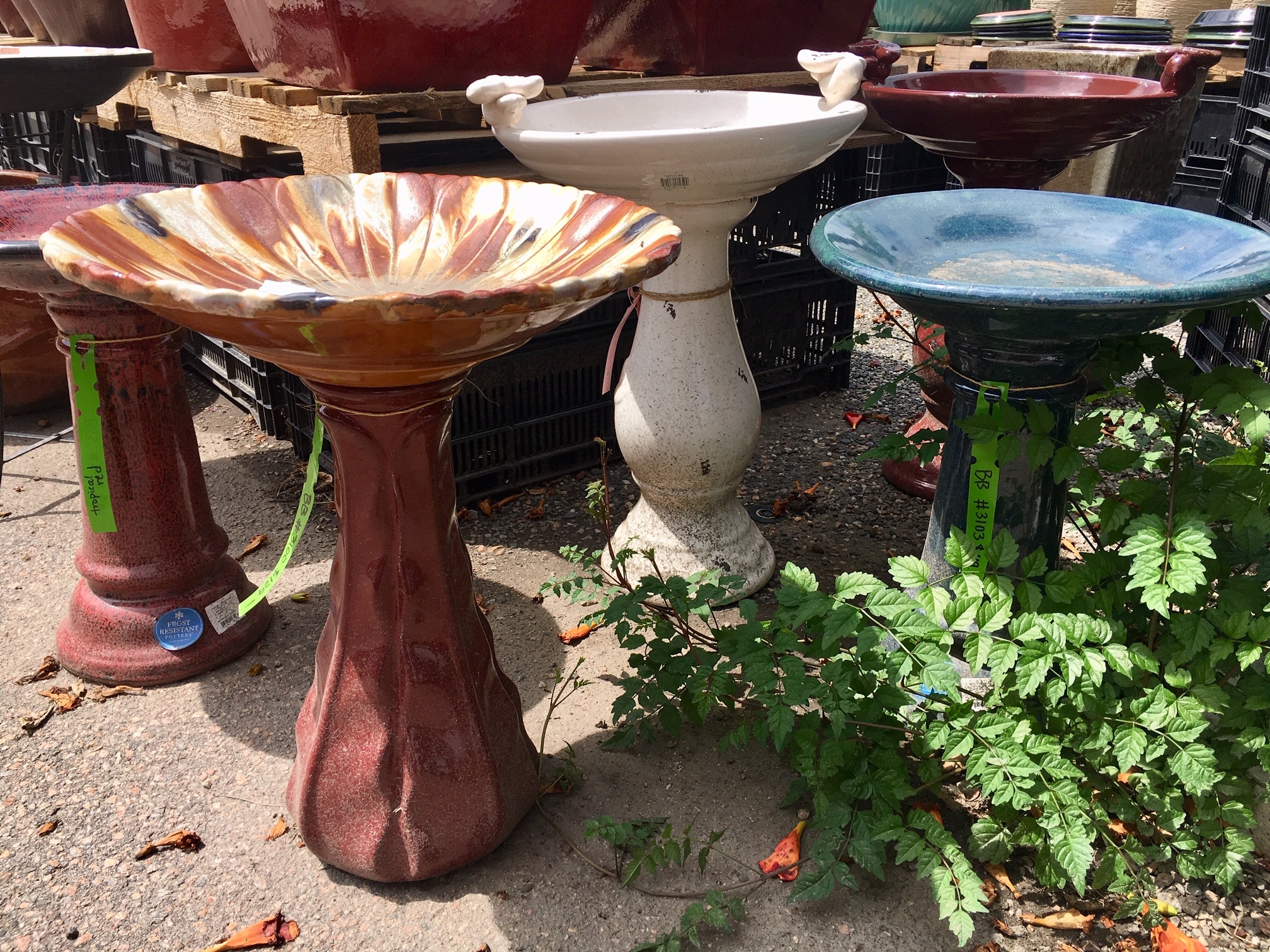The best way to attract birds is to provide food, water, and shelter from our strong winds. Food alone will often do the trick, but when you walk into a store to buy a feeder, there is a bewildering array of styles and seeds. What works best up here? To a certain extent, that depends on which species you are trying to attract. Many different kinds of birds overwinter in Colorado, even in the mountains. Juncos, downy and hairy woodpeckers, chickadees, siskins, grosbeaks, finches, jays, nuthatches, and more all endure our long winters – and all are grateful for a little extra food. Studies indicate that birds with access to feeders can have a much higher winter survival rate during prolonged cold winters (such as ours). Interestingly, they don’t become dependent on feeders, because only 15-25% of their food intake comes from feeders!
Black Oil Sunflower Seeds
Research has shown the black oil sunflower seed is one of the preferred foods for many wild birds. (Cheaper mixes often contain a lot of filler seeds, such as milo, flax, canary seed, and wheat, which wild birds tend not to eat, making them less of a bargain). You can purchase a tube feeder at a reasonable price and fill it with sunflower seed to attract finches, chickadees, Pine siskins and others. Juncos and jays prefer to feed on the ground, and will feed on seeds that have fallen from the tube feeder, or you can sprinkle seed on the ground especially for them. Be aware that this practice might also attract squirrels, chipmunks, rabbits, and even the odd coyote. A raised platform type feeder can limit the number of coyotes and rabbits, but you’ll need to buy a special feeder to keep out the squirrels. Seed used for this type of bird feeder includes cracked corn, peanuts, and sunflower seeds.
Birds such as flickers, woodpeckers, chickadees and nuthatches, are attracted to suet. You can purchase a special feeder that holds blocks of suet or you can collect large pine cones, which then can be dipped in liquid fat (melted suet) or stuffed with peanut butter. It can be fun to put up your old Christmas tree in the yard after the holidays, and decorate it with suet pinecones and cranberry garlands.
Location
Although late winter (February onwards) is the most critical time for feeding birds, the best practice is to keep feeding the birds at least until July, when natural forage becomes more abundant again. Locating your feeders so that birds feel safe is also important. This can be accomplished by placing the feeders in an open area where cats and other predators can’t sneak up on birds, but not too far from trees or shrubs.
Provide Water
If you want a greater variety of wild birds to visit your backyard and feeders, provide water throughout the winter. Birds will use a water source for drinking and bathing. You can provide water by using a simple, shallow dish or birdbath and again, placing it in an open area in the yard, so birds can spot predators. You will need to empty and refill the dish with fresh water daily, to keep it from freezing solid. It is important to clean the water source at least weekly (especially during the summer), scrubbing and cleaning the inside of the birdbath with dish soap and/or laundry detergent. Be sure to remove all of the soap before refilling the birdbath with water. A birdbath heating device will keep water from freezing, so birds have access to fresh, clean water throughout the winter. Check water levels daily, especially when it is windy, due to the increased evaporation.

